All-purpose flour is a pantry staple that can be used to create a wide variety of dishes, from savory to sweet.
You might also like How To Soften Butter Quickly, Buttercream Frosting, and Fluffy Sugar Cookies.

Jump To
What Is All-Purpose Flour?
All-purpose flour is one of the most commonly used types of flour in virtually any kitchen. It’s a versatile ingredient that can be utilized in many different types of recipes, both cooking and baking. Whether you're an experienced baker or just starting out, all-purpose flour is a pantry staple that you'll count on time and time again.

How Is All-Purpose Flour Made?
Made from the perfect blend of hard and soft wheat, all-purpose flour (or AP flour) has a moderate protein content that makes it suitable for a wide range of recipes. Hard wheat has a higher protein content than soft wheat, giving it a stronger gluten structure when milled into flour.
Soft wheat, on the other hand, contains less protein, and as a result, produces less gluten. It has a finer texture that creates more tender and crumbly textures.
By combining these two types of wheat, all-purpose flour strikes a balance between strength and tenderness. This makes it a good option for anything from bread and cakes to cookies and pasta.
The milling process involves grinding tempered wheat kernels into a fine powder. It is then sifted to remove any bran or germ.
This process creates a flour that is lighter in color and texture than whole wheat flour. It also has a finer consistency that is easier to work with in many recipes. Some types of AP flour undergo additional processing steps such as bleaching or enriching.
Nutritional Content
All-purpose flour has less nutritional value than other flours, as it lacks fiber and essential vitamins and minerals. However, it's still a good source of carbohydrates and can be a part of a healthy and balanced diet when consumed in moderation.
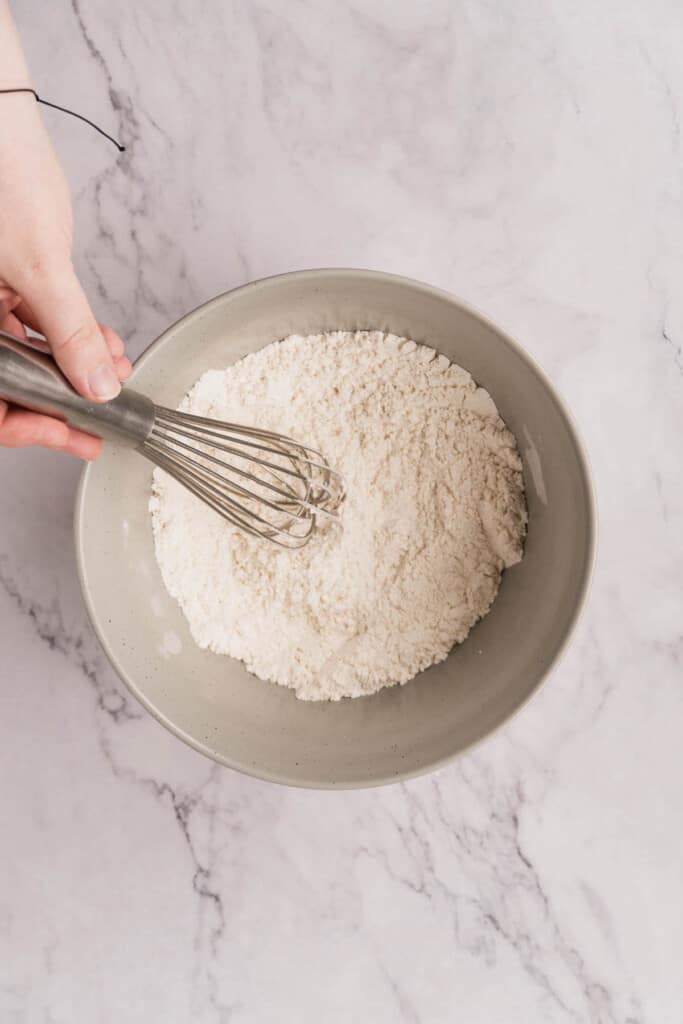
Types of All-Purpose Flour
bleached vs. unbleached
Choosing the right type of flour is crucial to the quality of your baked goods. One of the important considerations is whether to use bleached or unbleached flour.
Despite their widespread availability and multi-functionality, these two types of flour differ in some key ways that can impact the taste, texture, and appearance of your baked creations. By understanding their differences, you can determine which one would be the best choice for your next baking endeavor.
The distinction between bleached and unbleached flour is attributed to their unique processing methods. Bleached flour has been treated with chemical agents such as chlorine dioxide or benzoyl peroxide to help it whiten and age more quickly. Unbleached flour, however, is not chemically treated but instead bleaches naturally as it ages.
These processing techniques affect the color and grain of each type of flour. Additionally, they can impact the final outcome of a recipe.
Bleached flour is whiter in color and has a slightly softer, finer texture that produces fluffy baked goods. It is ideal for things like pancakes, cookies, and pie crusts.
In contrast, unbleached flour is a bit denser and darker in color than bleached flour. It’s typically well-suited for baked goods that require structure, such as pastries and yeast breads.
Although the two flours may produce some variations in the outcome of baked goods, it’s generally only a slight difference. Bleached and unbleached flour can be used interchangeably for most home baking purposes without significantly impacting the final result.
enriched flour
Some all-purpose flours, either bleached or unbleached, may also be enriched. This means that certain vitamins and minerals have been added back into the flour after being removed during processing.
As the flour is milled, the bran and germ of the wheat kernels are removed, leaving behind the starchy endosperm. While the endosperm is rich in carbohydrates, it’s not as nutrient-dense as the other parts of the wheat kernel. Enriched flour is made by restoring some of these lost nutrients, typically through the addition of vitamins and minerals.
Some common vitamins and minerals included in enriched flour are iron, thiamin, riboflavin, niacin, and folic acid. These essential nutrients are crucial for a balanced diet, and enriching flour with them ensures that people receive the necessary nutrients.

AP Flour Uses
All-purpose flour is a true jack-of-all-trades in the kitchen. Its versatility makes it a great ingredient for a number of recipes, both sweet and savory. It can be used as the foundation for bread, cakes, cookies, pasta, and even roux for sauces.
First and foremost, AP flour is the perfect choice for making baked goods. It can be used for anything from delicate cakes to hearty breads. It's also great for making pie crusts, biscuits, and other pastry doughs.
In addition to baking, all-purpose flour can also be used as a thickening agent for sauces, creamy soups, and stews. Just a small amount can give your dish a thick and silky texture.
All-purpose flour is also a good pick for dredging meat or vegetables before frying. The flour helps to create a crisp, golden crust on the outside of the food.
Is Plain Flour the Same as All-Purpose Flour?
Plain flour and all-purpose flour are essentially two different names for the same thing. Their terminology varies across different countries. For instance, "plain flour" is a more commonly used term in countries like the United Kingdom, Australia, and New Zealand, while "all-purpose flour" is used more frequently in the United States and Canada.
All-Purpose Flour vs. Other Types of Flour
With so many different types of flour available on the market today, it can be confusing to know which one to use and when. Though all-purpose flour is the most common flour on the shelves, there are several other types of flour that have their place in the baking world.
whole wheat flour
In terms of baking, whole wheat flour has a denser texture and a nuttier flavor compared to AP flour. It’s best used in recipes that require a more robust flavor and heartier texture, like whole wheat bread, muffins, and pancakes. Overall, the choice between whole wheat flour and all-purpose flour depends on the recipe and personal preference.
cake flour
Cake flour is a finely ground flour commonly used in delicate baked goods, such as cakes and pastries. It has a lower protein content than all-purpose flour, which produces a tender, fluffy texture. Additionally, cake flour is often chlorinated to further break down the gluten for even lighter and more delicate desserts.
Cake flour is an optimal choice for treats that require a tender, fluffy texture, such as layer cakes and sponge cakes. While all-purpose flour can be used in many cake recipes, it may not provide the exact same texture.
That said, most cake recipes do not require the use of a specialty flour. Typically, all-purpose flour will produce a perfectly flavorful and satisfying cake.
bread flour
Although bread flour is milled and manufactured similarly to all-purpose flour, there are some key differences between the two. Not only does bread flour have a higher protein content, but it also has a coarser texture than all-purpose flour.
The extra protein in bread flour produces more gluten, which is essential in bread-making. The additional gluten results in a more elastic dough that can rise and hold its shape better during baking. Nevertheless, there are many delicious loaves that can be made with all-purpose flour!
How to Accurately Measure Flour
For the best result in any baked good, it's important to measure the flour accurately. The most precise method is to measure by weight with a digital scale, but we prefer a simpler approach.
The spoon and level technique is a quick and easy way to correctly measure flour for any recipe. The steps are as follows:
- Use a spoon to stir and fluff the flour, removing any clumps.
- Gently spoon the flour into a dry measuring cup until it heaps over the top.
- Use a straight edge, such as a knife or spatula, to level off the excess flour, creating a smooth, flat surface.
- Avoid packing the flour into the cup or shaking the cup, as this can cause inaccurate measurements.
How To Store Flour
All-purpose flour can be stored in an airtight container at room temperature in a dry location such as a pantry or a cabinet. Alternatively, it can also be kept in the refrigerator or freezer to preserve freshness.
Additionally, it’s best practice to store flour in a dark place. Keeping it away from heat and light helps to maintain freshness and prevent it from oxidizing.

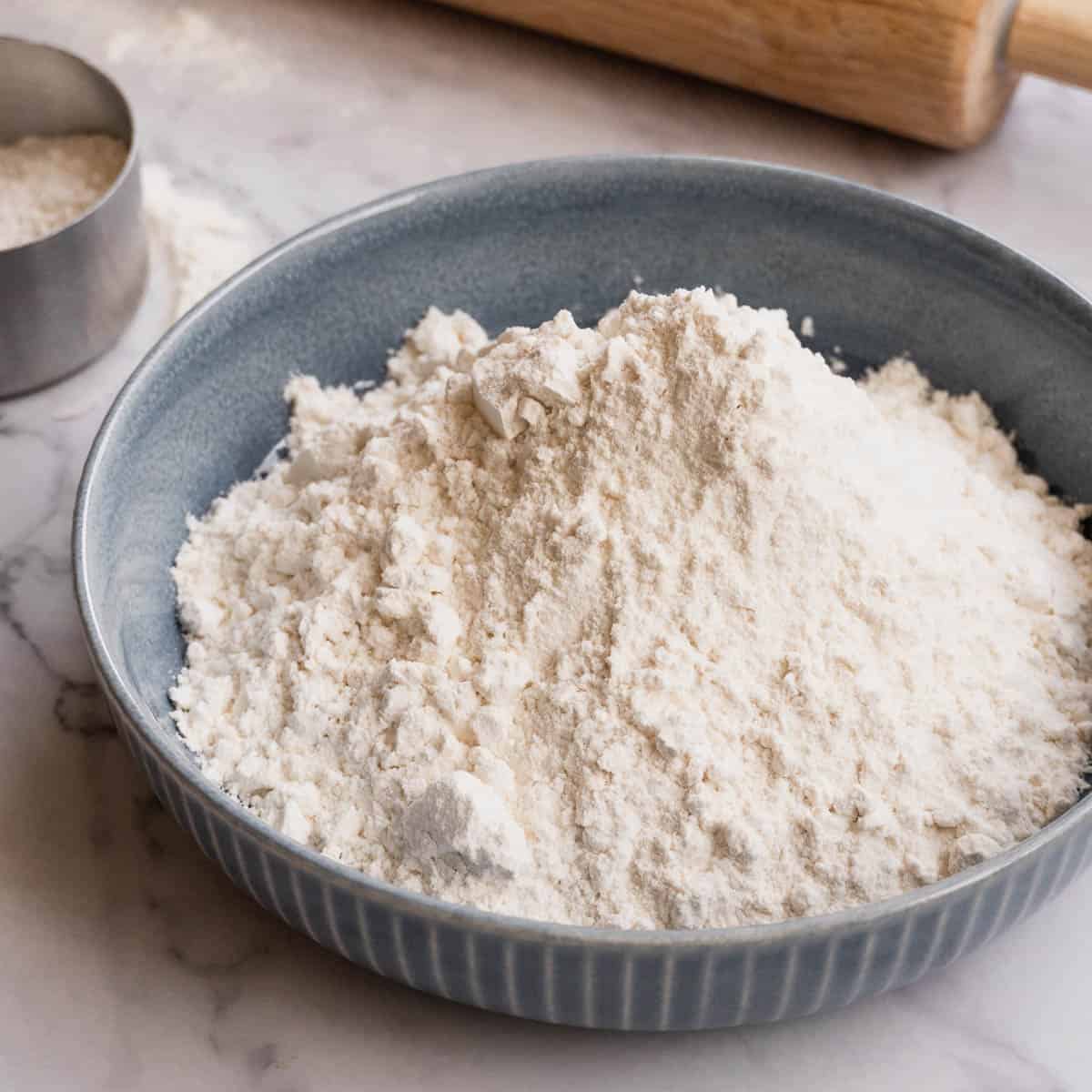




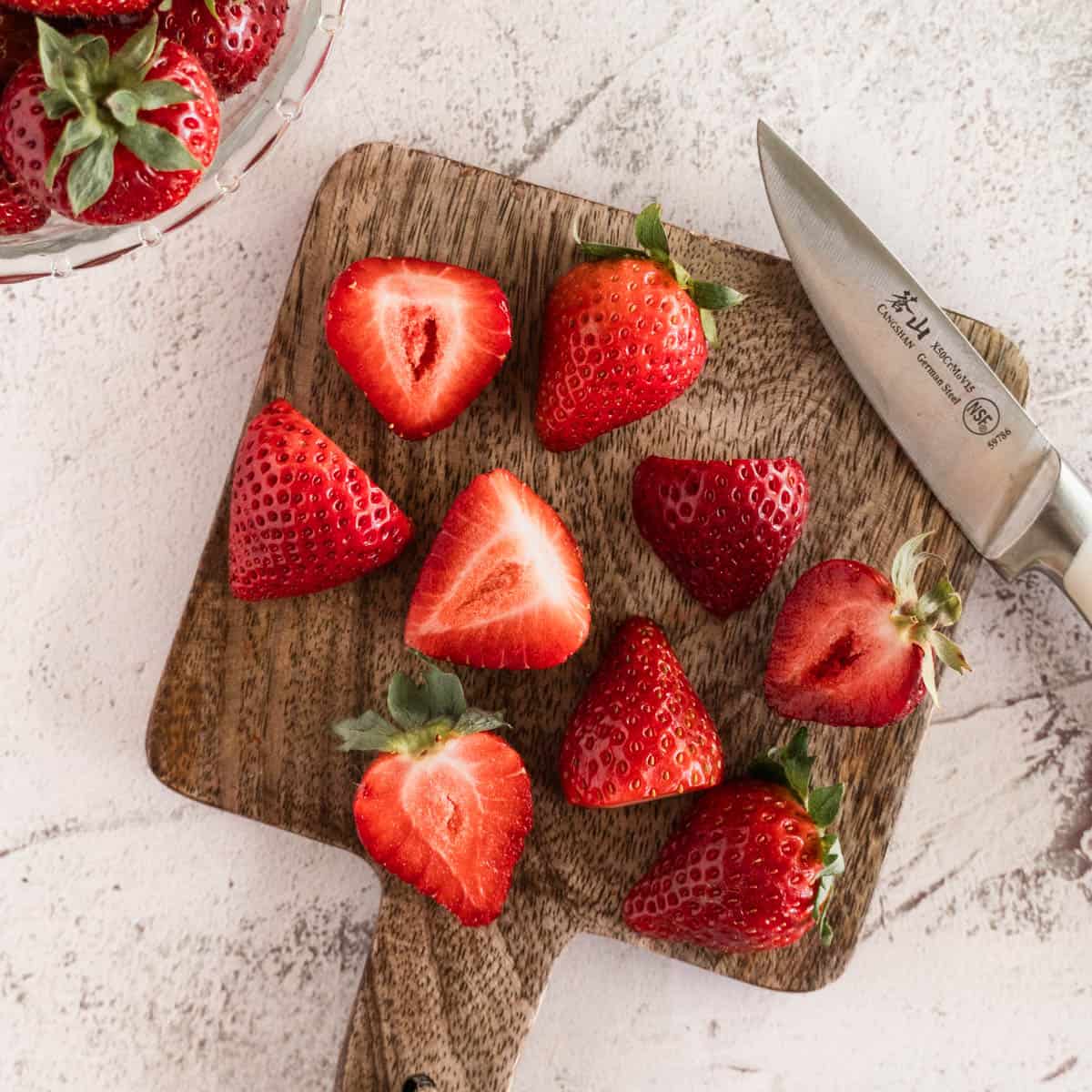
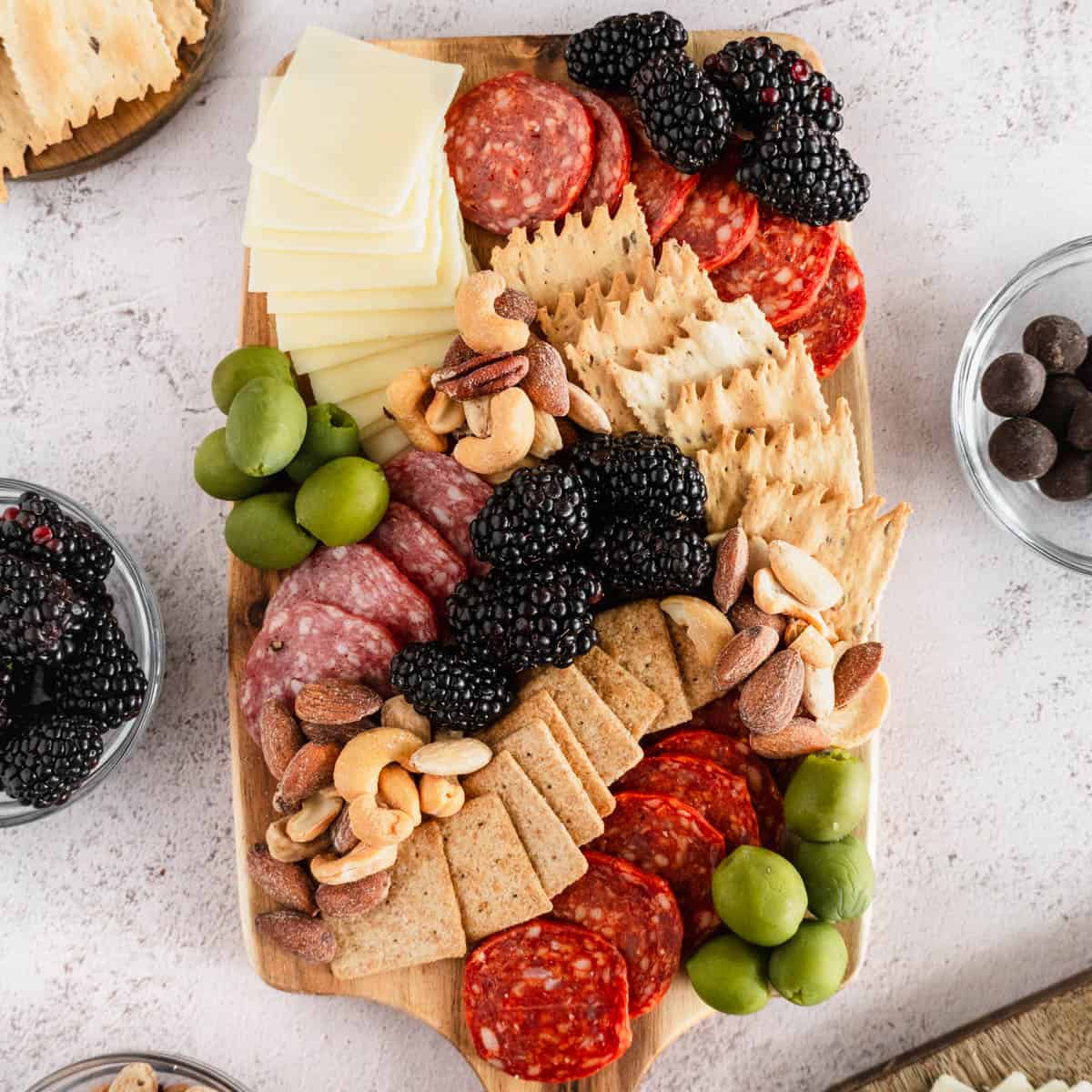
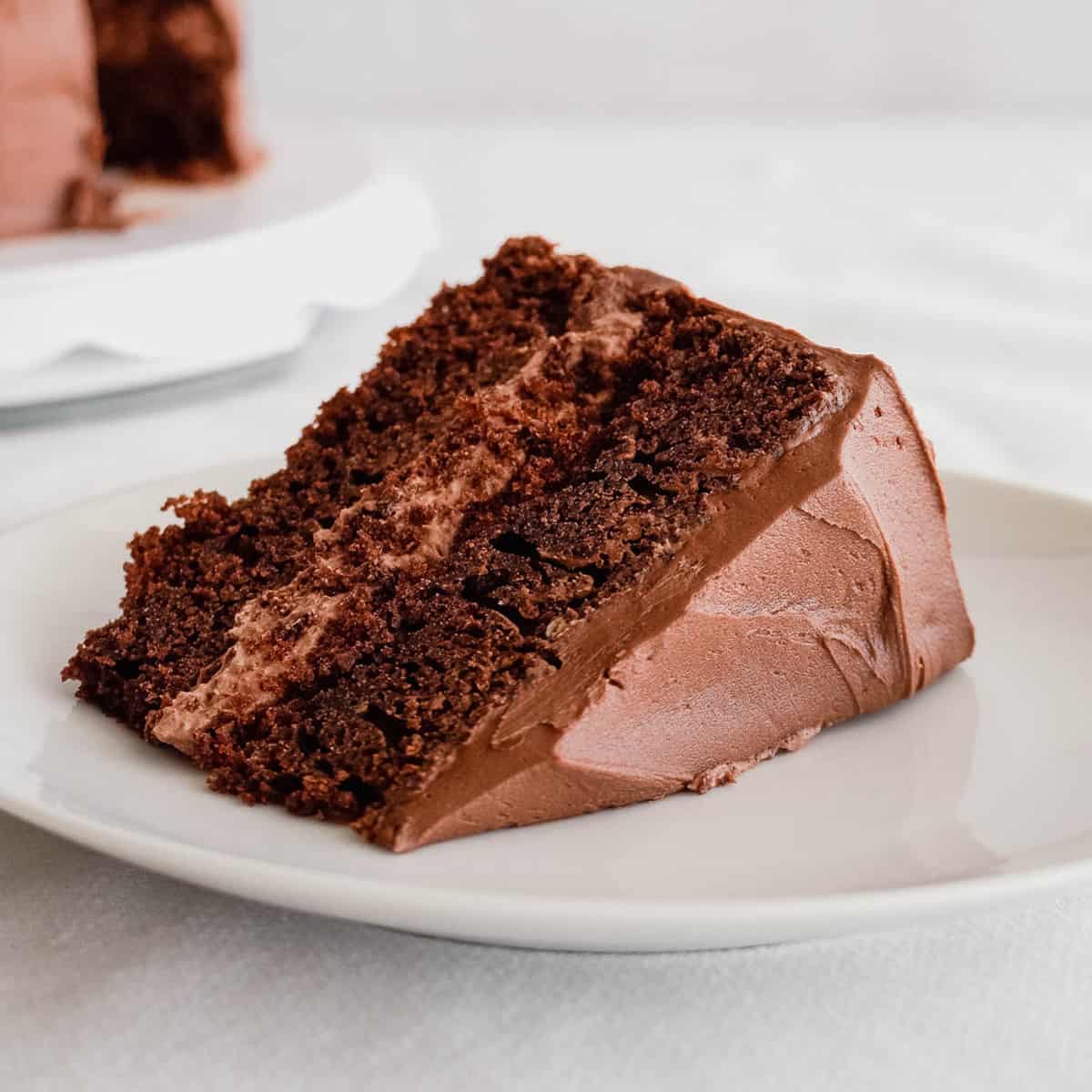
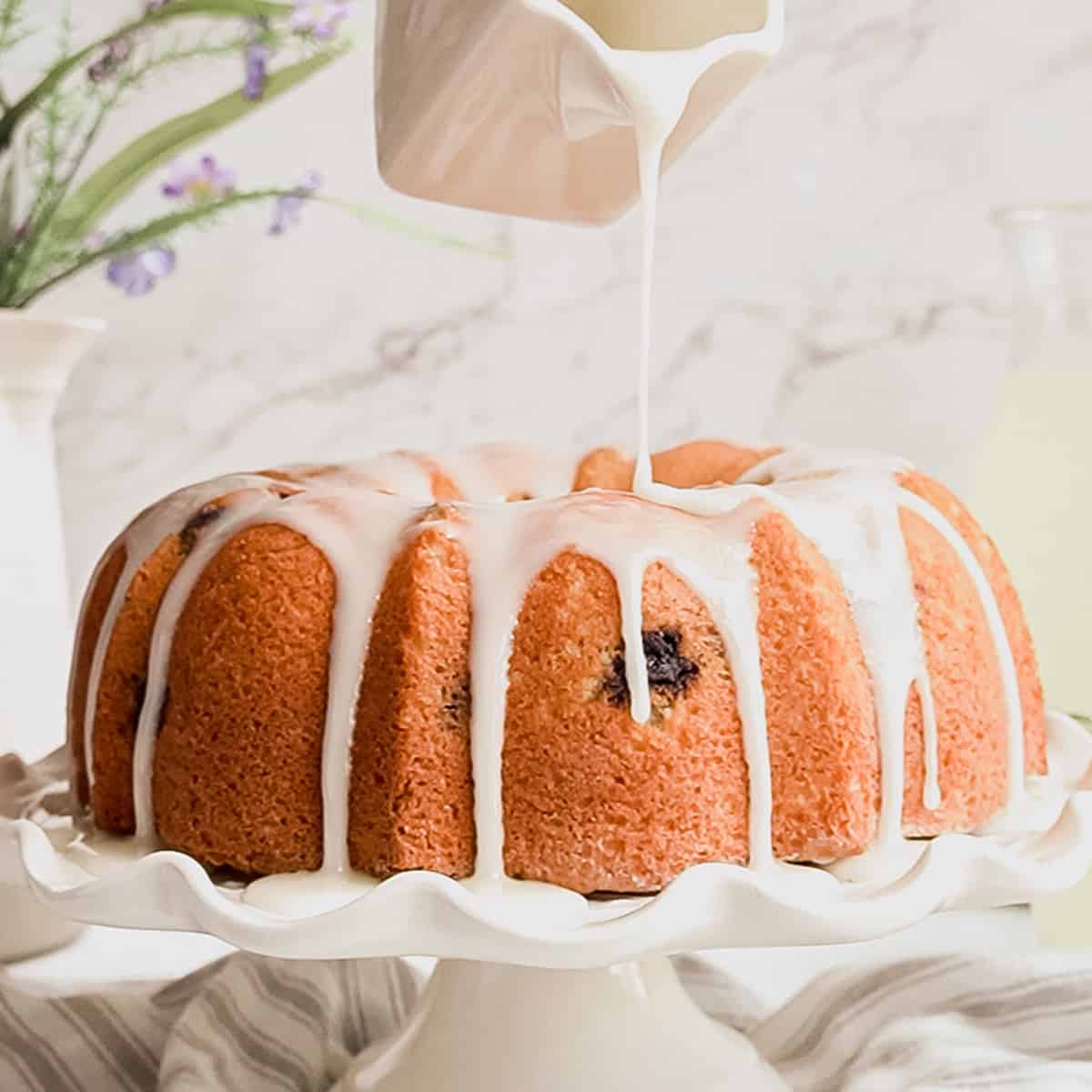
Leave A Reply